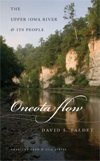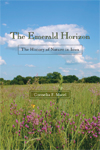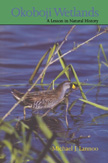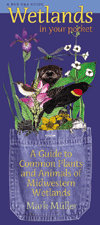Oneota Flow
“The great conservationist and Iowa native Aldo Leopold often reminded us that to live well in our land community we should strive to understand it. Oneota Flow is a treasure chest of such understanding. Every Home Place should have a David Faldet.”—Paul W. Johnson, former director, Iowa Department of Natural
Resources
“Faldet’s Oneota Flow gathers stories small and large—like river tributaries—to form a great, flowing whole, a deep, curving story of an entire watershed and those who have called it home. Tributaries and stories: Spring Creek, South Pine, Coldwater Cave, Canoe Creek, prairie fires, rural electrification, Ho-Chunk ways, PCBs, brook trout, and family tales all contribute to this rich narrative, so much like the Upper Iowa in full summer flow.”—Drake Hokanson, director, Center for Mississippi River Studies, Winona State University
“Oneota Flow is a refreshingly candid view of an exceptional natural resource. Faldet’s ability to combine active storytelling with historical and scientific perspectives makes for enjoyable and informative reading. I would recommend this to residents of the Upper Iowa area and of Iowa and to anyone who wants a poetic account of one midwestern river that represents much of what has happened to these resources in our modern society.”—Richard Leopold, director, Iowa Department of Natural Resources
“The river, like a keen memory, carries a record of the past.” David Faldet has spent forty years in the basin of the Upper Iowa River, which winds from the flat farm fields of southern Minnesota through the wooded valleys of northeast Iowa to the Mississippi. In this peaceful and inspiring book, Faldet tells the story of the Upper Iowa as it flows through land and people, holding true to Aldo Leopold’s conception of land as a community in which water, people, and soil play interactive parts.
Whether profiling the chief of the last hunter-gatherers on the river, an early settler witnessing her first prairie fire and a modern wildlife biologist using fire to manage prairies, the manager of the Granger Farmer’s Co-op Creamery, or a landowner whose bottomlands are continually eaten away by floods, Faldet steadily develops the central idea that people are walking tributaries of the river basin in which they make their homes.
Faldet moves through the history of life along the now-polluted Upper Iowa, always focusing on the ways people depend on the river, the environment, and the resources of the region. He blends contemporary conversations, readings from the historical record, environmental research, and personal experience to show us that the health of the river is best guaranteed by maintaining the biological communities that nurture it. In return, taking care of the Upper Iowa is the best way to take care of our future.
Check out this review in the Rochester Bulletin.
Foreword by Wayne Franklin ix
Acknowledgments xiii
The Smell of Rain:
Where It Starts 1
The Two Names of the River: Geological Beginnings 5
Big River in the Driftless: The Ice Age 22
Roots and Fire: 8,000–500 b.c.e. 34
The Old Ones: 500 b.c.e.–1633 c.e. 49
Unknown World: 1634–1832 65
We Have Never Sold Any Country: 1833–1848 87
The Great Improvement: 1849–1869 102
Steam, Wind, and the Powers of Earth: 1870–1918 122
Aiding the Land:1914–1945 147
The Juice: 1946–1970 165
On the Place by the River They Raise Children: 1971–2004 186
Notes 203
Bibliography 219
Index 229






